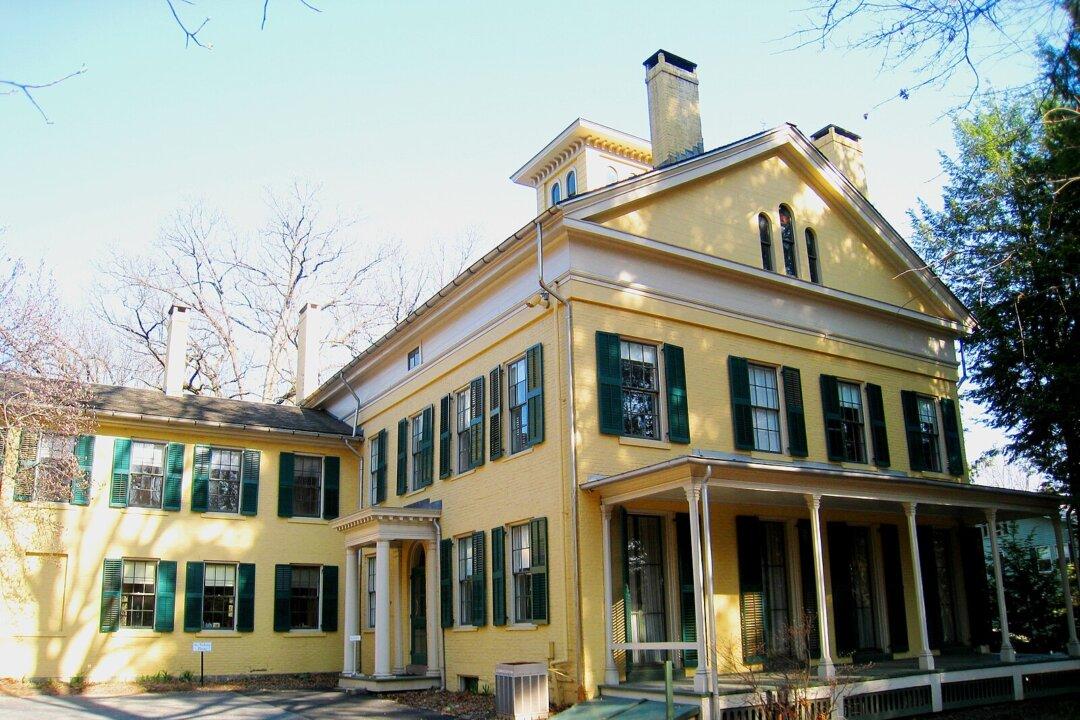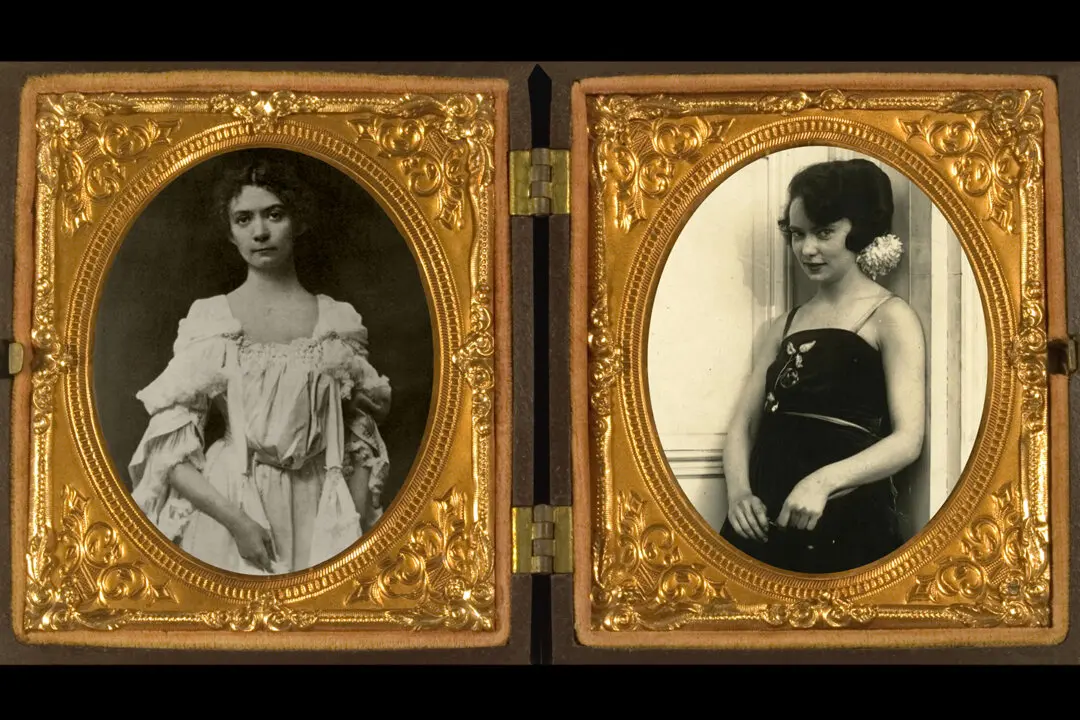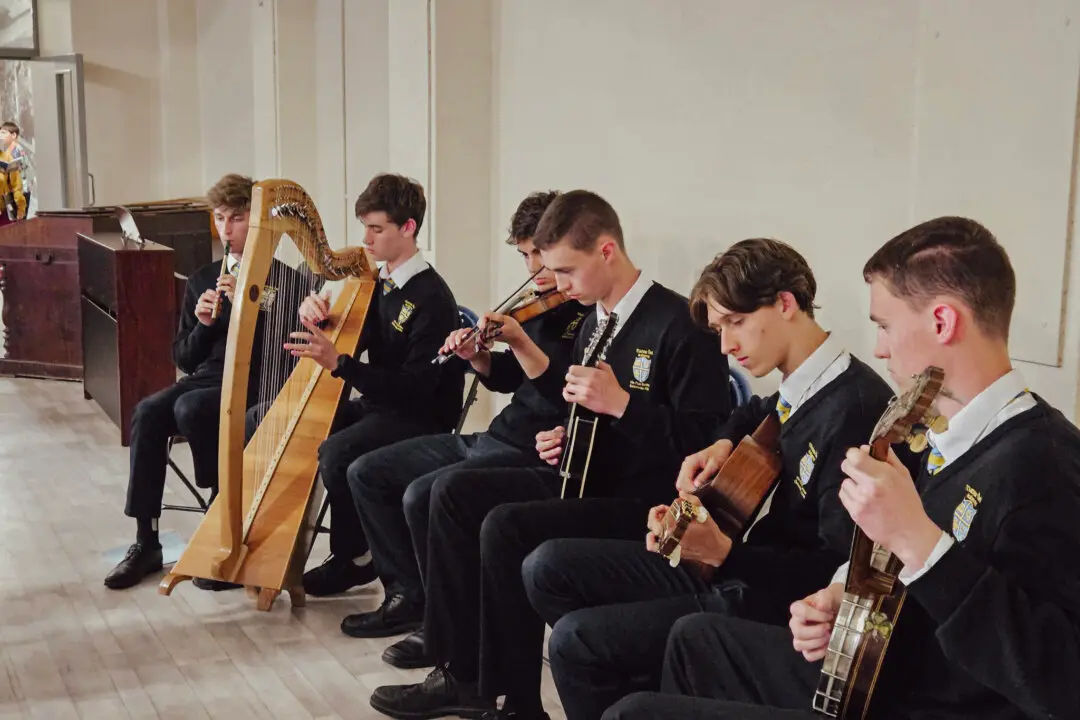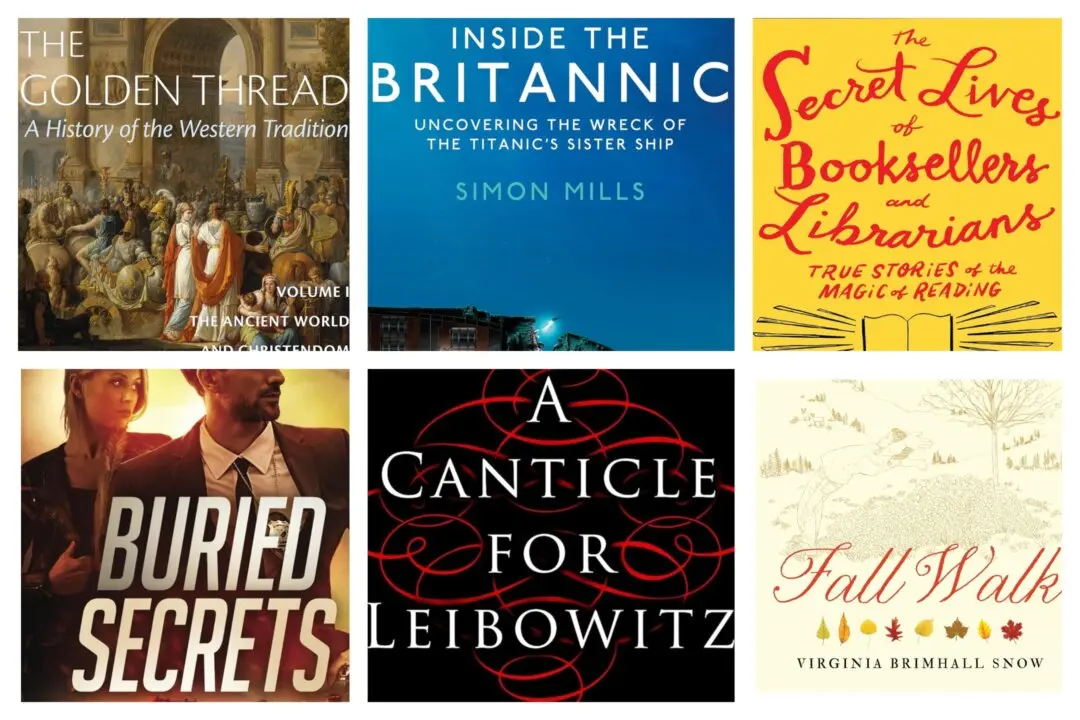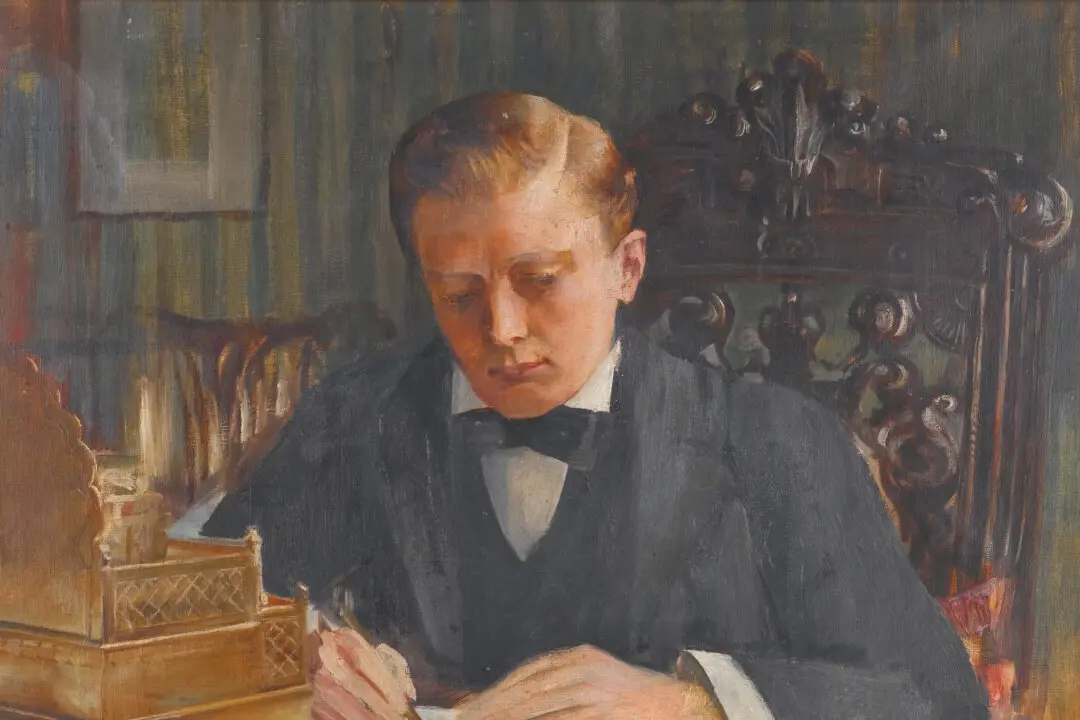Emily Dickinson (1830–1886) frequently comes to mind as a mistress of solitude, the poet of more than 1,800 poems who began avoiding social engagements early in life. Yet in her review of a new edition of Dickinson’s correspondence, “The Letters of Emily Dickinson,” Meg Schoerke points out that the volume and scope of her written communications belie this impression of a recluse. Her letter-writing was “extensive enough to puncture myths of Dickinson as antisocial, fearful of other people, and oblivious to the temper of her times.”
Dickinson had as well a second collection of friends, perhaps less often noticed. She once wrote of them, “The dearest ones of time, the strongest friends of the soul—BOOKS.” As Schoerke wrote, the poet kept company with:

